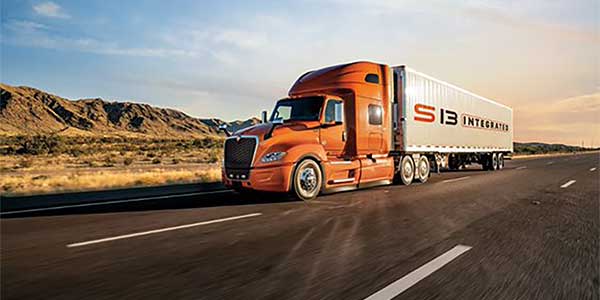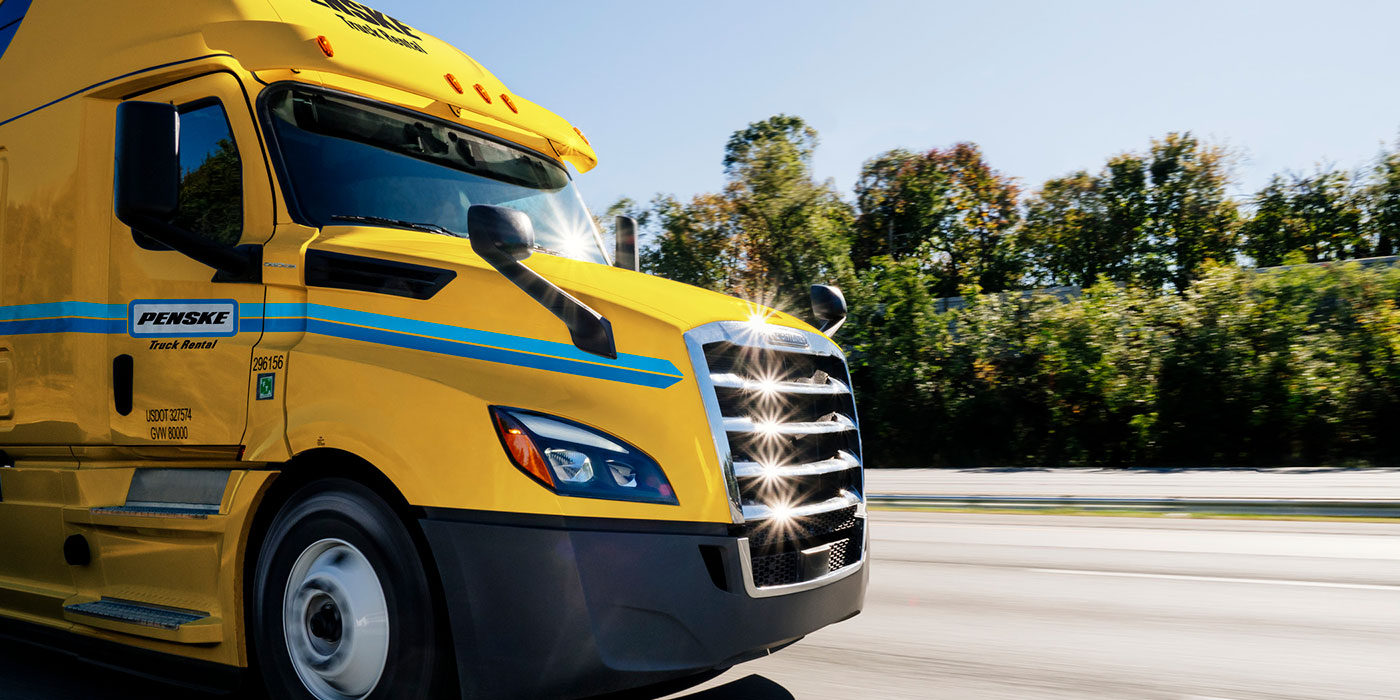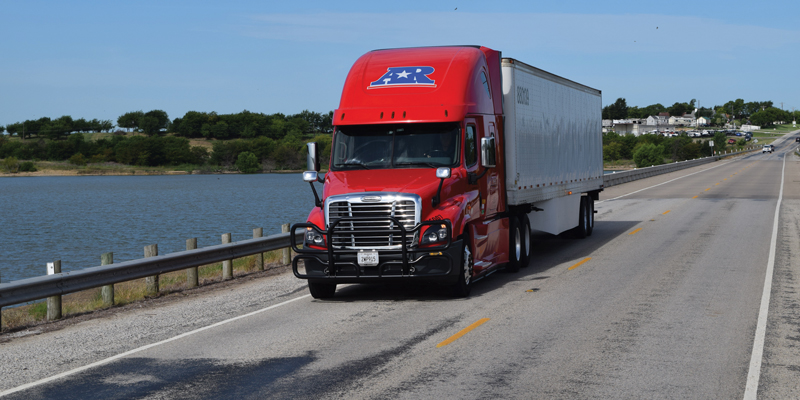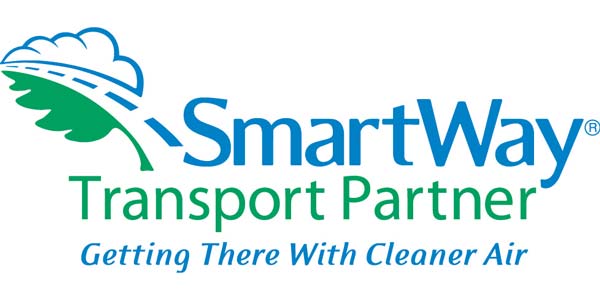Participation in the SmartWay Partnership is attractive for a variety of reasons. Fleets participate for several reasons. They can qualify for loads from shippers that require SmartWay participation by their carriers. They tend to use less fuel and, therefore, save money. And they know that they’re doing their part in improving air quality. The EPA sponsors the partnership because it reduces diesel exhaust emissions.
Diesel exhaust is comprised of microscopic carbon soot particles that act to absorb metals and other toxic substances in the exhaust. When inhaled, these tiny, toxic-laden particles cross the blood barrier from lungs into the bloodstream, delivering the toxins to internal organs and leading to inflammation and cardiovascular and respiratory diseases such as cancer, stroke and heart attacks. Particulate pollution from diesel exhaust shortens the lives of 21,000 people per year due to respiratory and cardiovascular disease, including about 3,000 from lung cancer. Diesel exhaust also affects productivity with more than two million estimated work days a year lost due to these health effects.
Unlike many of today’s complex environmental problems, diesel pollution is a problem with a readily available solution that can virtually eliminate particulate matter from diesel exhaust. Diesel particulate filters (DPFs) routinely reduce particulate matter by more than 90%. Of course, current federal regulations require these filters on all newly manufactured on- and off-road diesel engines, but not in the millions of engines already in use that dominate the fleets, and which could continue to operate for decades to come.
One way to clean up the fleet of existing diesel engines is to accelerate their replacement with new, cleaner engines through financial incentives. Francesca Flynn, the sustainability specialist for Fleet Advantage (fleetadvantage.net), a truck fleet management company headquartered in Fort Lauderdale, Fla., and a SmartWay Partner, recently described a method of how this could be done. She suggests a portion of the stimulus fund, which now goes toward the development of “green” power technology, be diverted to offering financial incentives for the replacement of legacy road equipment with new, clean tractors, which are virtually emissions-free.
In addition to decreased emissions, she postulates several other effects would result from such a move. The first is the immediate recapture of the entire investment through the federal excise tax. Transportation equipment is taxed at 12% FET. Revenue raised on an average tractor costing $110,000 is $13,200. Add to this dealer prep fees, the cost of new decals and local taxes.
The next is job creation. Flynn claims it takes approximately 2,000 man hours to build a tractor. These are not only jobs at the assembly plants, but also on the local level where the component suppliers and manufacturers fabricate the parts contained in the tractors. Many are small businesses. This equates to approximately one job per tractor.
The third is lower operating costs simply because new equipment costs less to operate than aging tractors. It is not uncommon for a power unit to have a useful life of 30 years. Companies that capitalize on the benefits offered by newer technology, safety, aerodynamics and fuel economy improvements will gain a competitive advantage and could pass lower costs on to consumers.
These financial benefits are all in addition to those achieved through cleaner air. The EPA says that every dollar spent on diesel exhaust upgrades has resulted in $13 worth of health and environmental benefits. It’s hard to argue against Flynn’s proposal. Offering tax credits for the purchase of clean diesel technology appears to be very beneficial for our economy and the health of our citizens. Doesn’t it make good sense to divert some of the green economy stimulus funds to tax credits for clean air?













